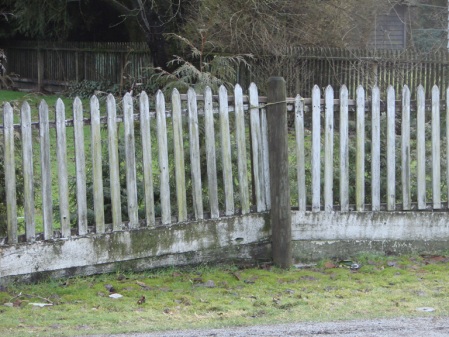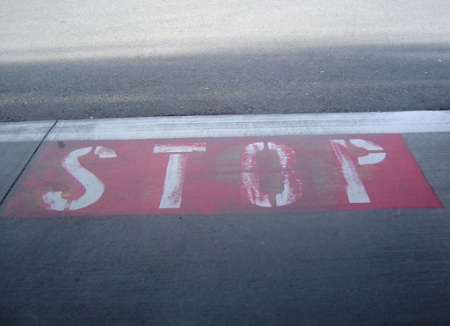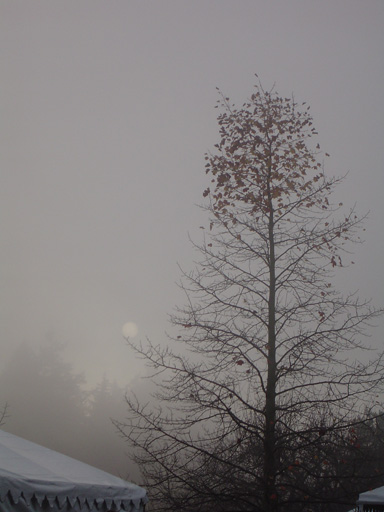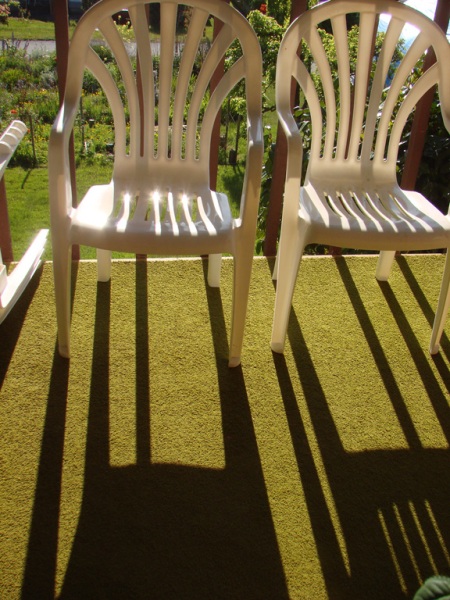Late in the nineteen nineties I visited my photographer friend and her husband in Montreal. I made a special trip because she was suffering with Multiple Sclerosis and she had a real need of friendship and company.
Her husband, also a photographer earning his living at the trade, took us on a weekend jaunt up to the Baie St. Paul and Quebec City. We were only gone for three days total but we packed a lot of looking into those three days. It was great for me because I got to see some of the countryside. It was great for Maureen because she rarely got out, had to be carried almost everywhere or be in a wheelchair she could no longer operate by herself. The trip was a good antidote for the cabin fever feelings that she had from being at home alone all day.
For me our trip was like visiting another country. First of all, it’s French speaking everywhere. Then, compared to Vancouver which has a history of European settlement that goes back about one hundred fifty years, Quebec’s European settlement has been ongoing since the 16oo’s . There’s a lot more history to be seen.
Add to that, rural Quebec is quite rustic and the landscape is beautiful.
Since her husband Michel was also a photographer, he was quite understanding if I wanted to stop and photograph something. He had his own favorite stops along the way. There were a number of folklorique displays of word working on people’s lawns. Once upon a time, whirly-gigs and weather vanes were popular house ornaments, and now they were collectible by some. The old barns were interesting and the early settlers’ stonework equally held charm. We went clicking away at our visual finds and enjoyed ourselves immensely.
We stopped for poutine – French fries and cheese curds covered with gravy; we stopped to see some maple sugar “farms”, and we stayed overnight in a resort area where there were lots of quaint stores with great Quebec handcrafts. Weaving was the one that interested me most.
At some time in all of this traveling and photographic madness, he said to me that he always used the Rule of Thirds. In all my visual training and in my own readings, I had not come across this rule.
It’s not a complicated one. Basically, it consists of drawing imaginary lines through the picture plane dividing it both horizontally and vertically in equal thirds giving you four basic intersection points. When you frame up your image, you place important elements of your composition where the lines intersect.
I suggest that you refer to the Silverlight site which explains it with diagrams and an example. It is much better than I could.
http://www.silverlight.co.uk/tutorials/compose_expose/thirds.html

Ever since that trip to Quebec, I’ve kept that concept in my back pocket just in case it might be useful to me. From time to time, as I frame up an image, I think of this rule and make use of it; but it’s just one of many to be played with as we go about creating or recording images in two dimensional work and I use it loosely, ensuring that each parallel of thirds has interest or contrast to the other two thirds.
It’s really good for seascapes where the horizon is a straight line across. If the horizon is midway instead, the composition becomes quite boring. Go figure why it’s more pleasing to do it in thirds, but it is. Our perceptions are made that way.
Unfortunately, all the photos I took in Quebec were with an SLR and I have photos buried somewhere on my shelving units. I have nothing digitally from that trip. So the examples I give you here loosely apply the Thirds Rule.
It’s quite a formal rule despite its simplicity. If you referred to the web site I mentioned, it’s actually formal and measured. Geometric. When you feel comfortable with the concept, then rules can be used loosely to get the effects you want. You never want to get slavishly attached and overly obedient to a rule.
I thought of introducing this concept because one of the major compositional concepts used geometry and the Golden Rectangle but it’s more complicated. The Rule of Thirds is an easy one to start on.
I’ll have to do some research to get a good diagram or make one myself to scan before I’ll tackle talking about the Geometric rules. The geometric composition using the Golden Rectangle came into dominance during the Renaissance when geometry was rediscovered in a big way; it was at it’s heyday in the 19th Century. The Impressionists rebelled against the rigid teaching of their era and they rebelled against slavishly following the Golden Rectangle/geometric rule. In the Twentieth Century, artists ended by trying to chuck out all rules entirely.
But that discussion is for another day. So make of it what you will. It’s good to know about.
post scriptum:
I went looking at the thousands of Google entries there are on the Rule of Thirds and found this one which is excellently presented. Check it out. You’ll love the photos too!



March 12, 2008 at 1:25 am |
Odd that you had never heard of this rule. I guess it really is just a photography thing. It does seem to be a simplified version of the golden rectangle.
A quick google check suggests that the dimensions of a 35mm film frame is close to a golden rectangle (I’m too tired right now to do the math myself). Intersting.
MDW